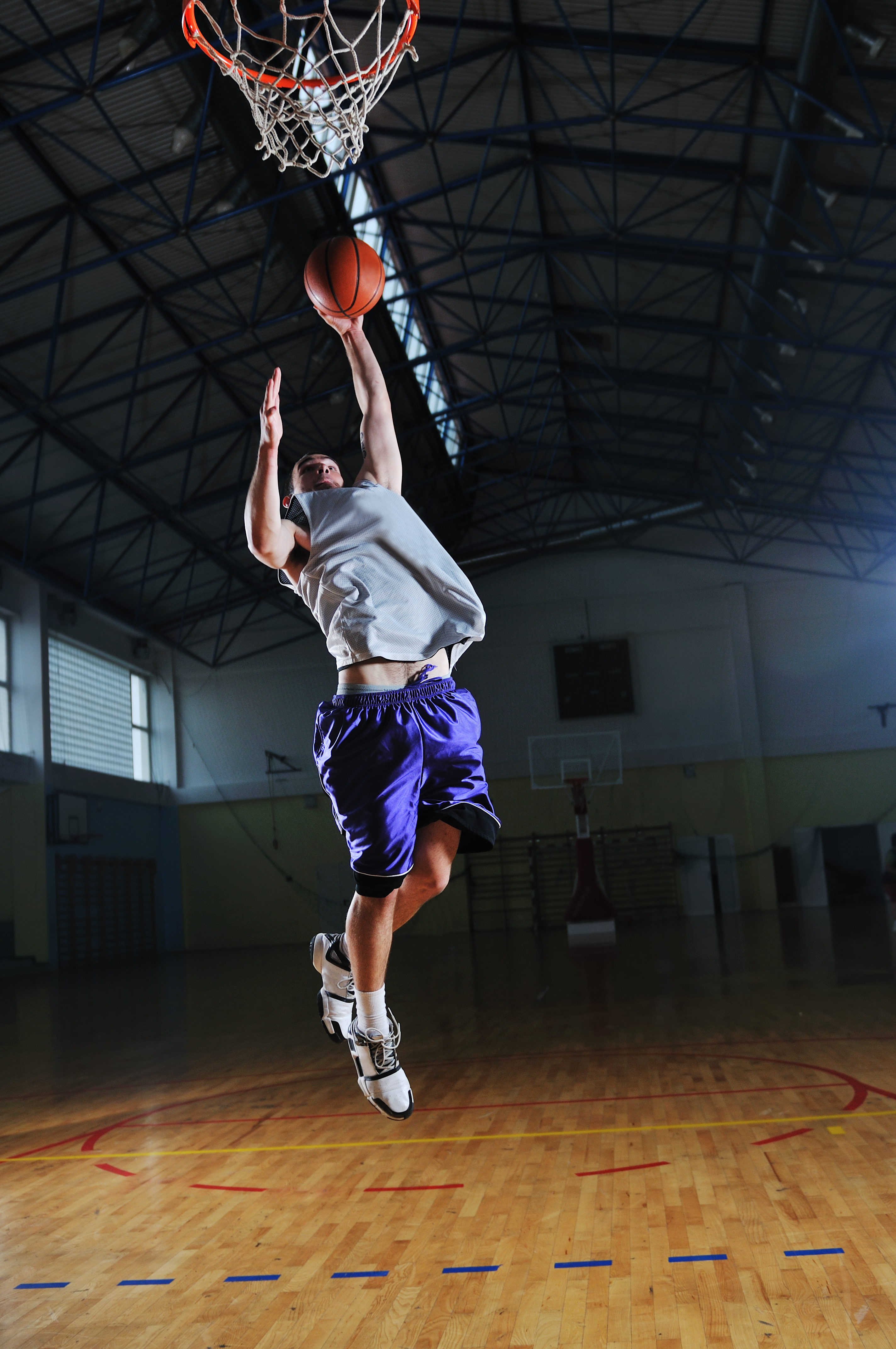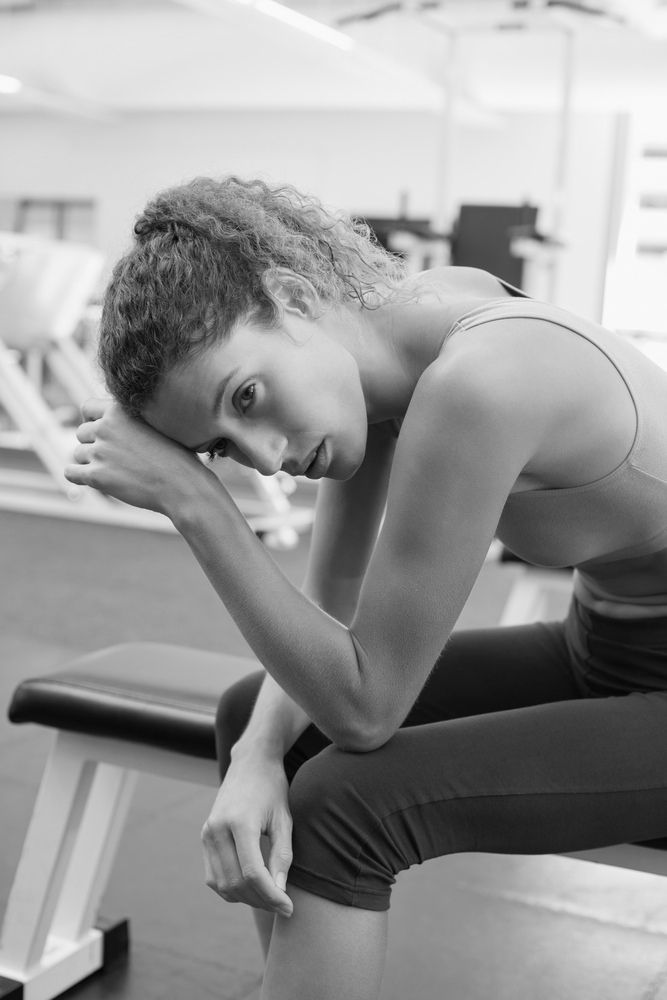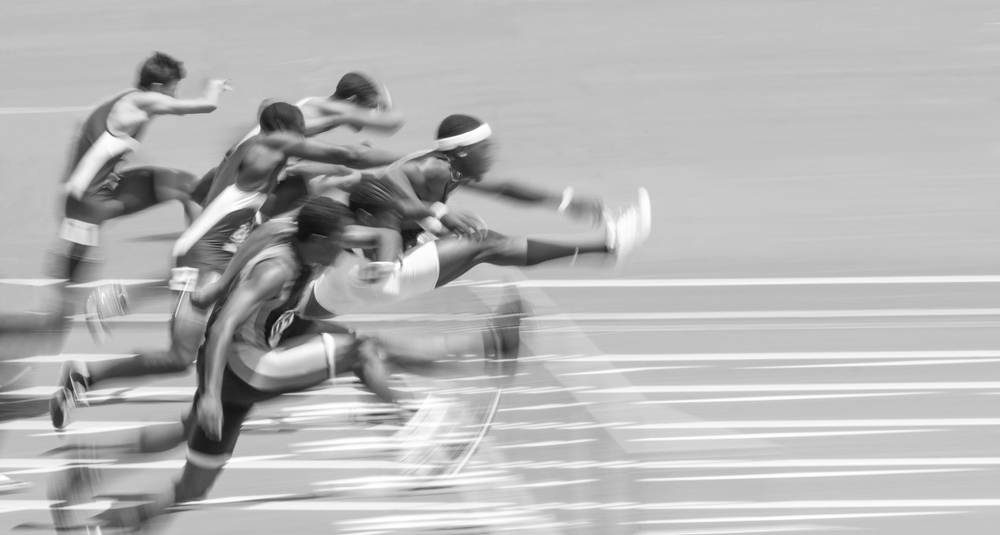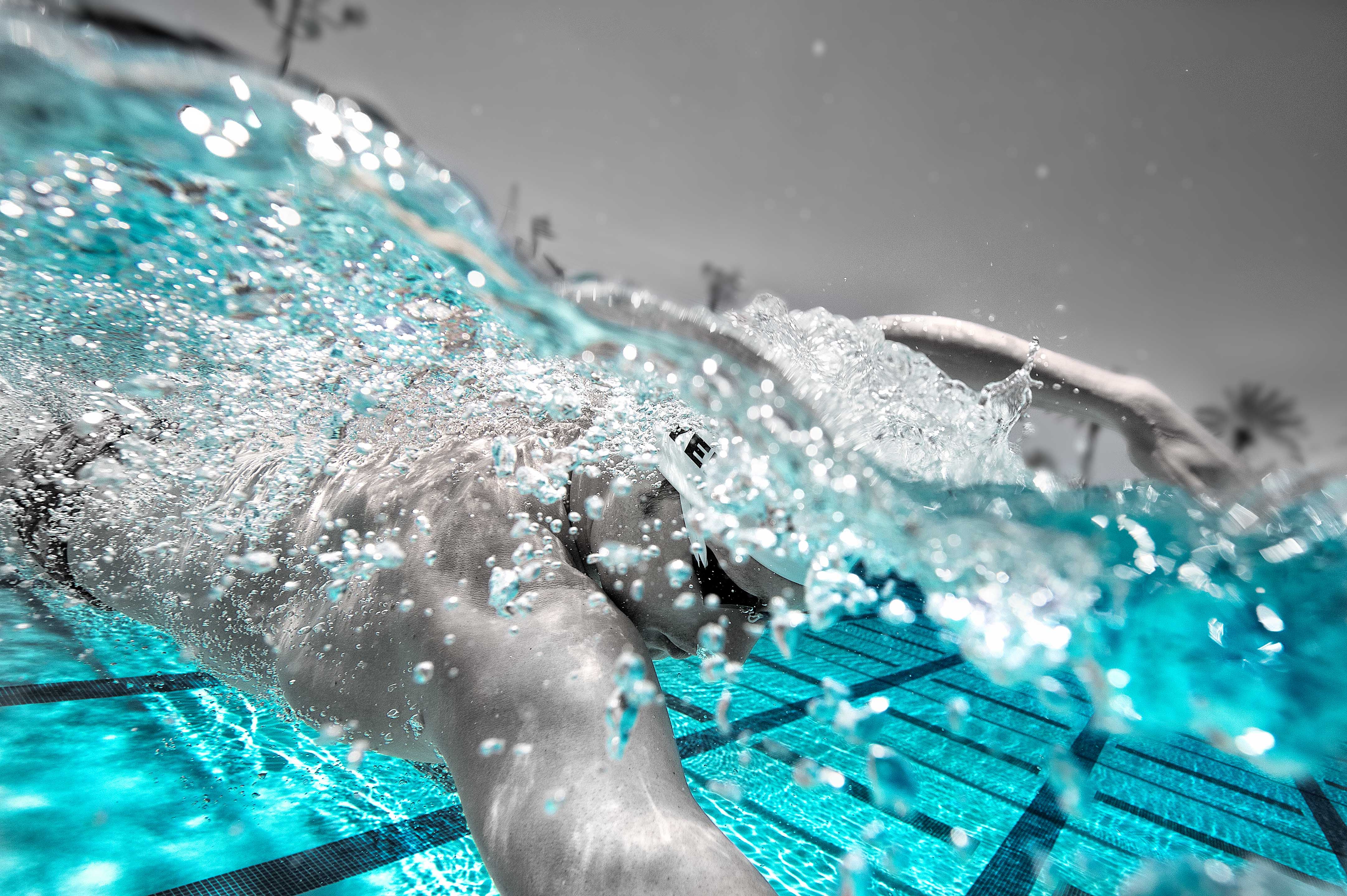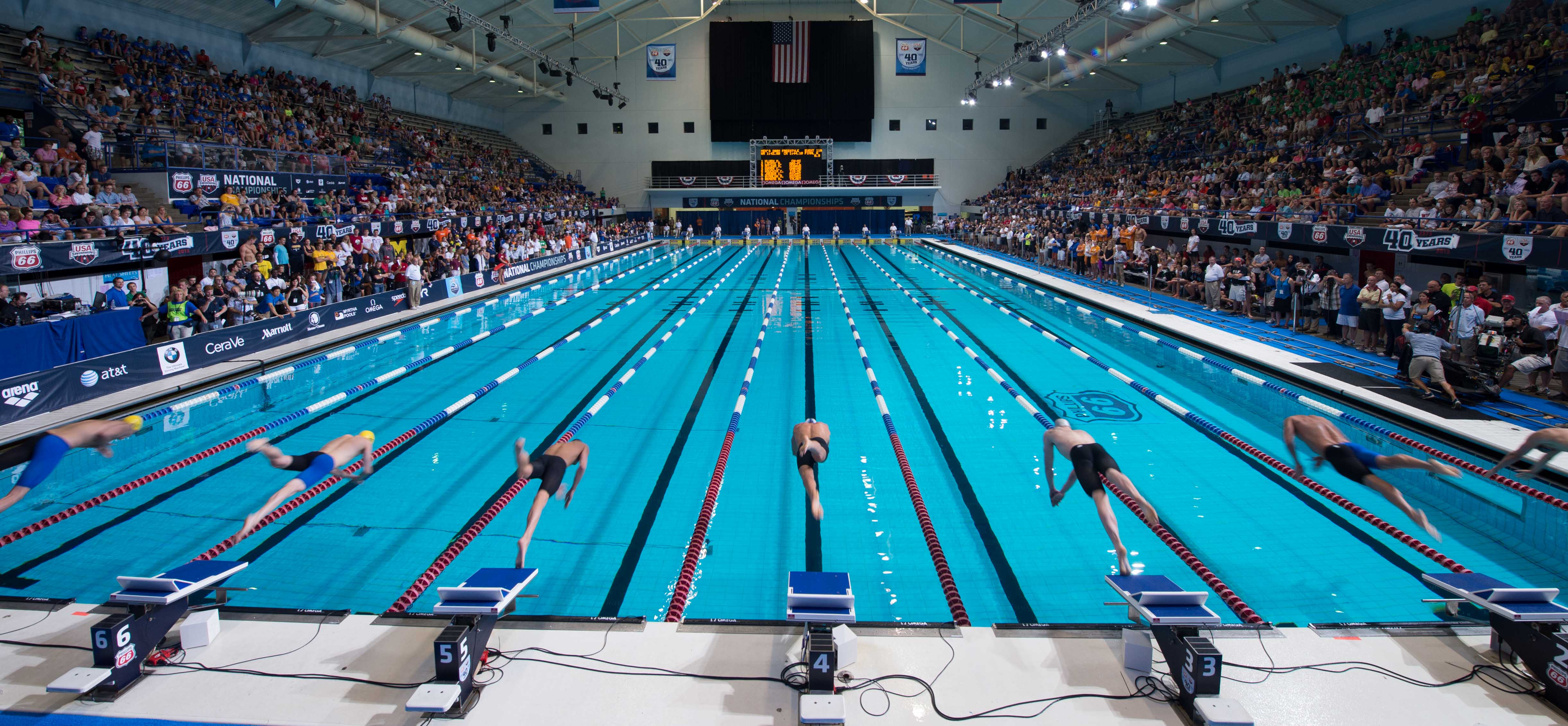Recent Posts
Athletes spend a lot of time training. They also spend a surprising amount of time sitting. Regardless of whether you're a professional, masters, or student athlete, you undoubtedly spend quite a few hours sitting—in the classroom, at work, or at home. Many athletes assume that the extensive hours spent training completely counteract this sedentary lifestyle, while in reality, sitting for long periods of time can negatively impact your body and performance regardless of how much or how little you train. Let’s discuss how sitting creates imbalances in your body and the exercises you can do to correct them.
Every taper is unique (and it should be). You are a different age, have trained slightly or dramatically differently than the year before, and may be competing in different events. Your coach knows how you respond to rest and will create the taper you need.
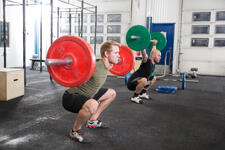
Many swimmers exhibit the common characteristics of athletes who have spent the majority of their athletic development in the water. In particular, hyper-mobile joints are advantageous in swimming, but can be detrimental to strength training on land if the athlete is not mindful of the tendency to hyperextend or hyper-rotate these joints. There is a concern for injury when athletes who have hyper-mobile joints reach their end range of motion during weightlifting because the body is not maximally stable in these extreme positions. This can lead to strains and tears in the joint tissue. Let’s discuss how to recognize hyper-mobile athletes and how they can strength train in a safe and effective manner.
Read More
Think back to this time last year. You were likely gearing up for preseason with all the anticipation, energy (albeit nervous or excited), and mental toughness you could muster to get through a very intense time of the year for swimmers. Second only to the heavy training camps over the holidays, preseason swim training emphasizes cardiovascular fitness and muscular hypertrophy. How you prepare yourself leading up to preseason makes a huge impact on the way you handle the next couple of weeks. Let’s discuss a few tips so you can hit the ground running with training and truly maximize your preseason potential.
Read MoreHow to Greatly Improve your Flexibility | BridgeAthletic
By Megan Fischer-Colbrie on August 20, 2014
Athletes require incredible range of motion in their joints to achieve maximum power and speed. Flexibility is an important part of every athlete’s training, but it is often overlooked. Not only does flexibility improve your range of motion, but it also protects against injury. Let’s discuss a few ways you can improve your flexibility within your training to improve your athleticism.
In these glorious few weeks between the end of championship season and the beginning of preseason, the last thing you are likely thinking of is your strength training…or is it? Preseason training can be a period of intense muscle soreness and physical fatigue. However, staying in better shape by maintaining your strength from one season to the next will help you manage preseason training better and set you up for a great training cycle. Let’s discuss three ways you can maintain your strength over the course of your break.
1. Hit the Gym
Read MoreWith Junior Nationals, Futures, & Sectionals fast approaching, many athletes will soon reach the time of the year for rest and recovery. In this narrow window of time between the end of long course season and the beginning of short course, learn how to maximize your time off by mentally and physically recharging. Here are a few tips to make the most out of your post-season.
Read MoreWith the 2014 Sochi Winter Olympics around the corner, it is a great time to discuss training at altitude and its impact on competitions. Athletes who participate in Winter Olympic events must train and compete where the total air pressure is much lower and there are fewer oxygen molecules present. For athletes to perform successfully with less oxygen in every breath, they must spend an extended period of time at altitude while their bodies make physiological adaptations to the environment.
Read More
